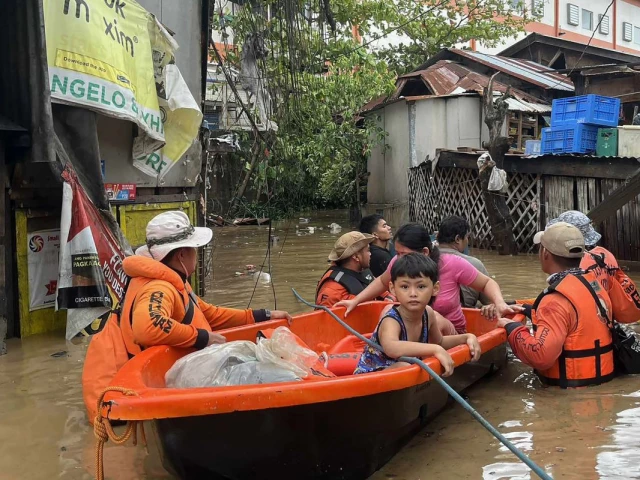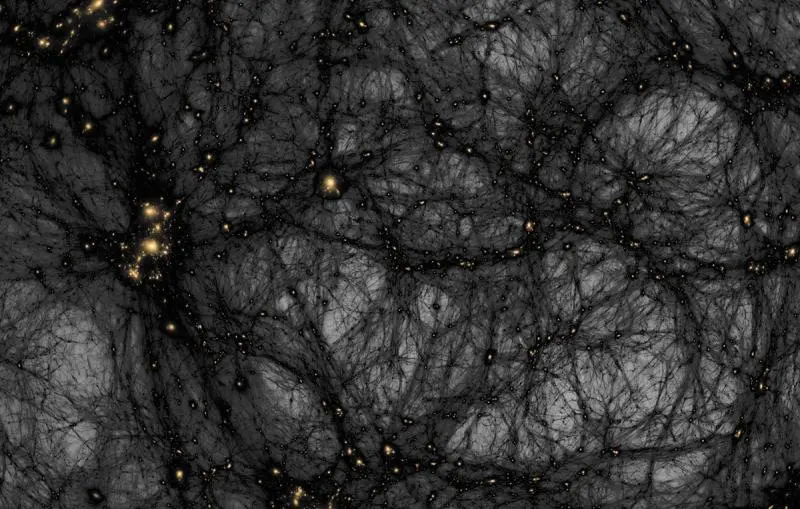The Board of Control for Cricket in India (BCCI) secretary, Devajit Saikia, confirmed that a senior official from the ICC is indeed involved in the negotiation process between the Indian body and the Pakistan Cricket Board (PCB) chairman,…
Author: admin
-

Philippines warns of deadly storm surges as Typhoon Fung-wong nears super typhoon strength
Philippines warns of deadly storm surges as Typhoon Fung-wong nears super typhoon strength
Typhoon Kalmaegi flooded swathes of the central Philippines on Tuesday. PHOTO: AFP
…Continue Reading
-

Andrew hits back with list of demands before leaving Royal Lodge – Royals – News
Andrew Mountbatten Windsor, the former prince, has reportedly issued a series of demands before vacating Royal Lodge, where he’s lived for over 20 years in Windsor, England.
His reputation took a hit after it was revealed that he had been in…
Continue Reading
-

SGLT-2 Inhibition Lowers Risk of AKI Following Cardiac Surgery
Up to 50% of patients undergoing cardiac surgery may experience acute kidney injury (AKI). However, measures to prevent AKI are “largely lacking,” according to Maartina Oosterom-Eijmael, MD, and colleagues at Amsterdam UMC Locatie AMC, the…
Continue Reading
-

Apple’s mistake leads to an incredible deal on this accessory for a few buyers
Spotted first by 9to5 Toys on Friday, Apple’s website had a 4-pack of Apple AirTags priced at the incredible price of $29. That would be a whopping 70% discount off the regular…Continue Reading
-

Podocyte-Targeted Therapy Shows Efficacy for Patients With FSGS
About half of patients who present with proteinuria from focal segmental glomerulosclerosis (FSGS) progress to kidney failure within 5 to 10 years. Research links this decline to overactivity of the transient receptor potential cation channel,…
Continue Reading
-

Kim Kardashian reflects after failing the California bar exam
Kim Kardashian has shared the results of her California bar exam, which she took on July 29 and July 30, 2025. The Skims founder took to her official Instagram stories on Saturday, November 8, 2025, to reveal her results. “I’m not a…
Continue Reading
-

New Zealand wins the toss, bats in the 3rd T20 against the West Indies
NELSON, New Zealand (AP) — New Zealand has won the toss and chosen to bat Sunday in the third Twenty20 international against the West Indies at Saxton Oval.
The series between closely-matched teams is level at 1-1 after the West Indies won the
Continue Reading
-

The Returns On Capital At Swift Haulage Berhad (KLSE:SWIFT) Don’t Inspire Confidence
If you’re not sure where to start when looking for the next multi-bagger, there are a few key trends you should keep an eye out for. Typically, we’ll want to notice a trend of growing return on capital employed (ROCE) and alongside that, an expanding base of capital employed. If you see this, it typically means it’s a company with a great business model and plenty of profitable reinvestment opportunities. However, after briefly looking over the numbers, we don’t think Swift Haulage Berhad (KLSE:SWIFT) has the makings of a multi-bagger going forward, but let’s have a look at why that may be.
This technology could replace computers: discover the 20 stocks are working to make quantum computing a reality.
For those that aren’t sure what ROCE is, it measures the amount of pre-tax profits a company can generate from the capital employed in its business. Analysts use this formula to calculate it for Swift Haulage Berhad:
Return on Capital Employed = Earnings Before Interest and Tax (EBIT) ÷ (Total Assets – Current Liabilities)
0.037 = RM52m ÷ (RM1.7b – RM318m) (Based on the trailing twelve months to June 2025).
Thus, Swift Haulage Berhad has an ROCE of 3.7%. On its own that’s a low return on capital but it’s in line with the industry’s average returns of 3.7%.
See our latest analysis for Swift Haulage Berhad
KLSE:SWIFT Return on Capital Employed November 9th 2025 Above you can see how the current ROCE for Swift Haulage Berhad compares to its prior returns on capital, but there’s only so much you can tell from the past. If you’re interested, you can view the analysts predictions in our free analyst report for Swift Haulage Berhad .
When we looked at the ROCE trend at Swift Haulage Berhad, we didn’t gain much confidence. Over the last five years, returns on capital have decreased to 3.7% from 8.2% five years ago. On the other hand, the company has been employing more capital without a corresponding improvement in sales in the last year, which could suggest these investments are longer term plays. It may take some time before the company starts to see any change in earnings from these investments.
To conclude, we’ve found that Swift Haulage Berhad is reinvesting in the business, but returns have been falling. And investors appear hesitant that the trends will pick up because the stock has fallen 15% in the last three years. In any case, the stock doesn’t have these traits of a multi-bagger discussed above, so if that’s what you’re looking for, we think you’d have more luck elsewhere.
Continue Reading
-

New quantum sensors aim to detect hidden forces behind dark matter
For decades, you have heard scientists say that most of the universe is missing. They are not being dramatic. They mean it in a literal sense.
A huge share of matter in the cosmos cannot be seen or touched, yet its pull shapes galaxies and bends…
Continue Reading
